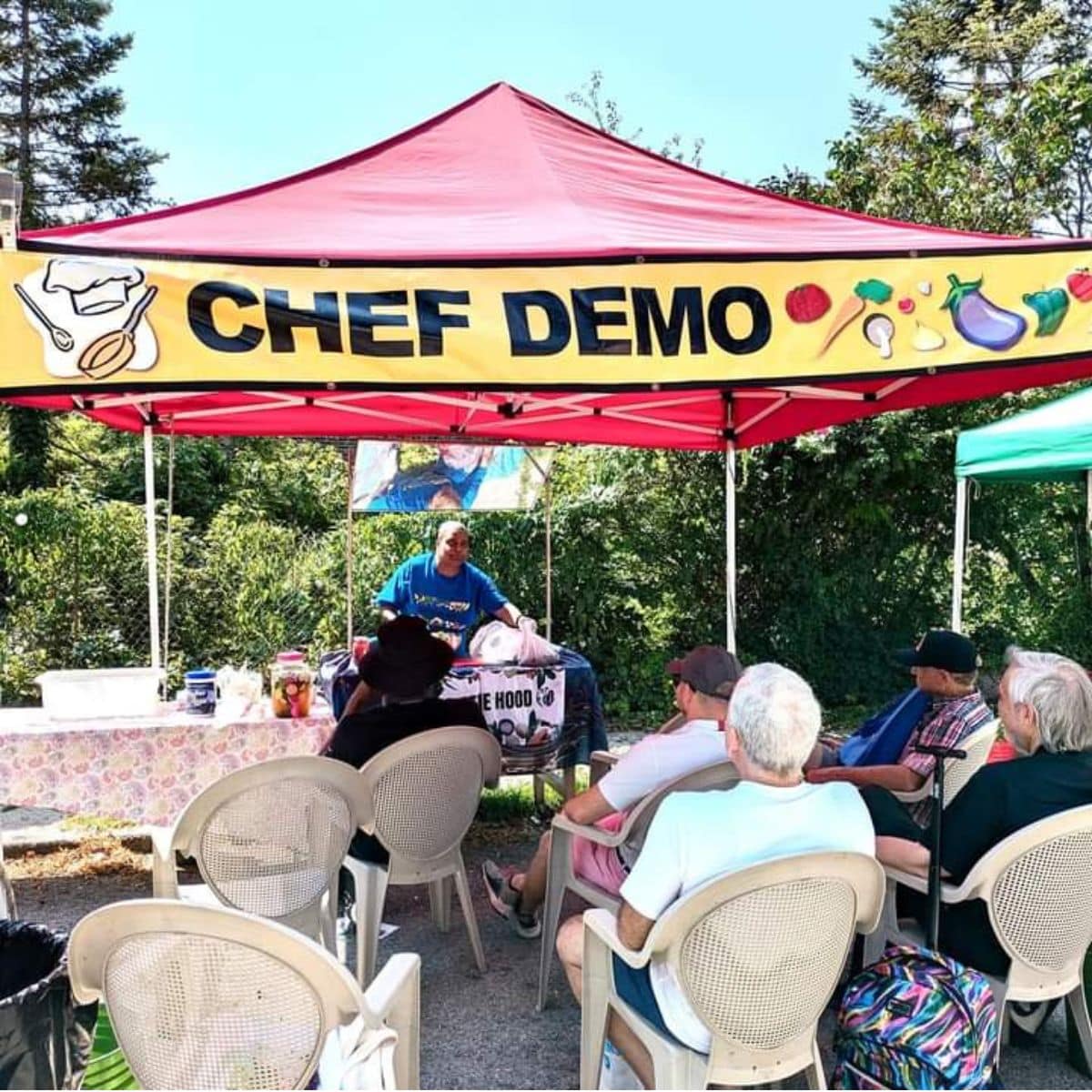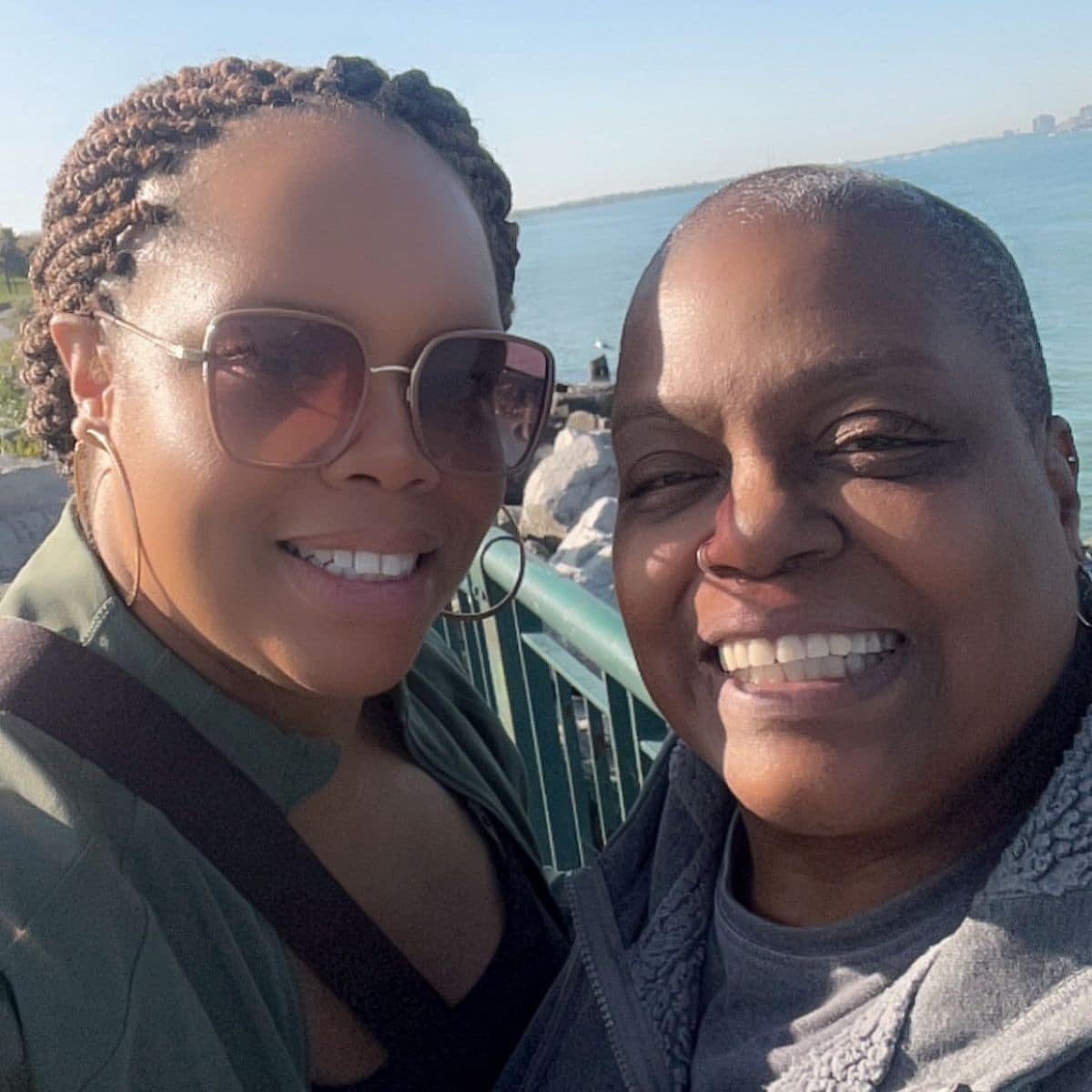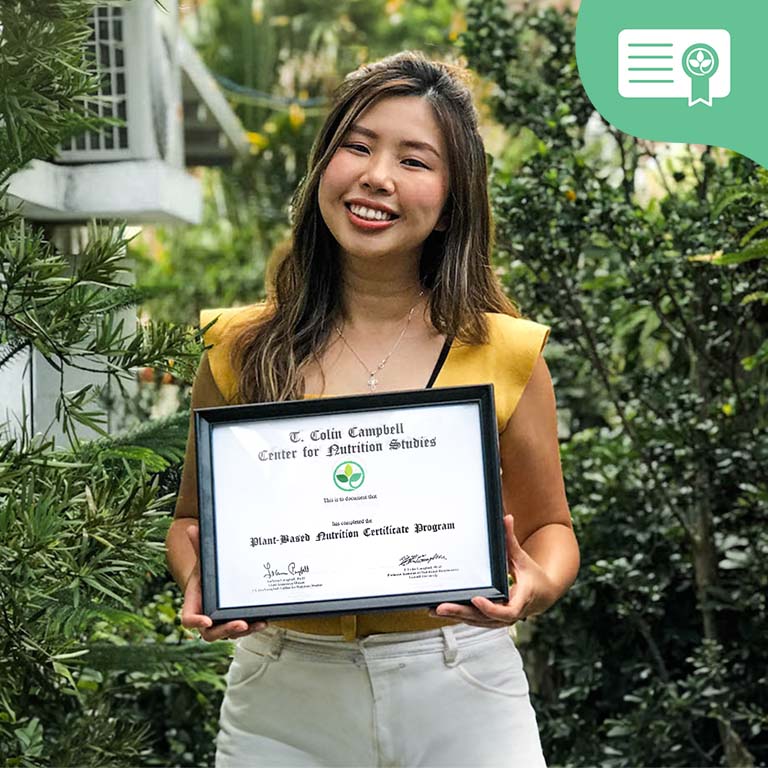
Let’s go back to 1999. That’s when my life was turned upside down. I had so many chronic illnesses that it would take a week to list them all. My doctors stopped all my medications, and I stepped away from meat, though I didn’t yet know about the whole food, plant-based (WFPB) journey. I had that big surgery that was supposed to solve all my problems, and it did, for twelve years. Afterward, I got cocky, thinking I could do whatever I wanted without considering the consequences. Ever heard the saying, “After forty-five, all things go downhill”? Yes, it happened.
I decided to visit the doctor to check my progress. To my surprise, diabetes had returned. And over the years, a few other illnesses decided to visit me too. After being off medication for twelve years, I found myself back on a few. I just listened to the doctor saying, “That’s the way things are.”
I love to cook and was doing a few catering jobs when my daughter encouraged me to go to culinary school. I was a great student and stayed on the Dean’s List the whole time I was there. Most of the classes weren’t about healthy cooking but focused instead on French-inspired cuisine and lots of meat. You might get a semester of nutrition, but it wasn’t enough. I worked full-time and went to school full-time too. After graduation, I wanted to do something different with food. I partnered with a few nonprofits working to help underresourced communities and address food apartheid. I thought I was making a difference, but I was being used for my talents.
I didn’t like what I saw, so I broke away and created Chef in the Hood Inc.: Healthy Eating at Its Best. I did chef demos at my local farmers’ market using whatever the vendors had available. I became the undercover vegan chef because I was good at transforming picky eaters into veggie lovers. I also led after-school classes and loved getting students to enjoy hearty salads. The school even had a small garden. That job should never have been a one-woman show, but I persevered. My goal was to help people of color live healthier lives in underserved communities and beyond. It was like pulling teeth.

So I studied various aspects of food, including diabetic education, and expanded my knowledge of nutrition and plant-based cooking.
There was one problem: me. If I was going to walk the walk, I had to be the example. But I hadn’t fully applied the lessons to myself.
Fast-forward to more recent times. I had to ask myself: Am I tired of being sick and tired? Yes, I am. But I didn’t know where to start, and without guidance, it was hard to stay on track. Several doctors told me not to follow a WFPB diet because “you need meat in your life.” I hadn’t seen any holistic doctors who looked like me. Finding one was difficult, and they didn’t accept insurance. I went to a school of natural health, but the curriculum wasn’t designed for people like me. It was hard to complete assignments when I couldn’t relate to the materials or examples. I finished anyway and decided to create an agenda that would fit the needs of underserved people and communities of color.
Again, I asked myself: How can you teach and not live the lifestyle? So I returned to what worked, education through demonstration. In the past, it had led to great results for my health.
I still needed help and felt lost. I had to be cautious about what I clicked on, given the conflicting messages in food documentaries and from others pushing meat for protein. I saw lots of advertisements for WFPB living, but most seemed driven by profit and didn’t back up what they were claiming with scientific evidence. Who do you believe?
I wasn’t excited about diving in because of the confusion surrounding vegan and vegetarian diets. I kept trying to stay committed to the WFPB journey, but I didn’t have a “partner in crime” to eat veggies with. As my friend would say, “You’re eating rabbit food alone.” My family didn’t want to join me on this path, though they encouraged me as long as it didn’t involve them.
There were so many messages about being vegan and beyond, I felt overwhelmed. Then I saw several emails featuring Dr. T. Colin Campbell about the WFPB journey. I read The China Study. It went a little over my head, but I began watching documentaries featuring Dr. Campbell, and he got my attention. He made it simple to understand, and I got hooked on every documentary he appeared in. I saw an ad for CNS’s Plant-Based Nutrition Certificate program, and though I couldn’t afford it, I found the scholarship and poured my heart into it, driven by my goal of living a healthier life.

I completed the class and now have a new outlook on life as a veggie eater. I’m on this WFPB journey, still hitting bumps in the road but not stopping. This adventure has changed how I view food and my relationship with it. I’m so glad Dr. T. Colin Campbell stood out in my email inbox, like a sore thumb, but in a good way.
Who knew I could be a chickpea girl? I’m trying vegetables I used to be afraid of, and let’s not even talk about grains. It’s mind-blowing. I now have the energy to get up and go to the pool. The pain in my body isn’t as intense as before, and my blood sugar levels are looking good. I’ve lost ten pounds and kept it off. I’m learning to build a healthier relationship with food, even though it’s still touch and go at times. My mental state is better, and I feel lighter.
I’m grateful for the support of CNS Kitchen and the entire WFPB community. I know I’m not alone, and there are people I can reach out to for help.
My goal now is to apply this newfound knowledge through food demonstrations and my daughter’s nonprofit, Food United. It’s all about eating in a new way.
Copyright 2025 Center for Nutrition Studies. All rights reserved.
